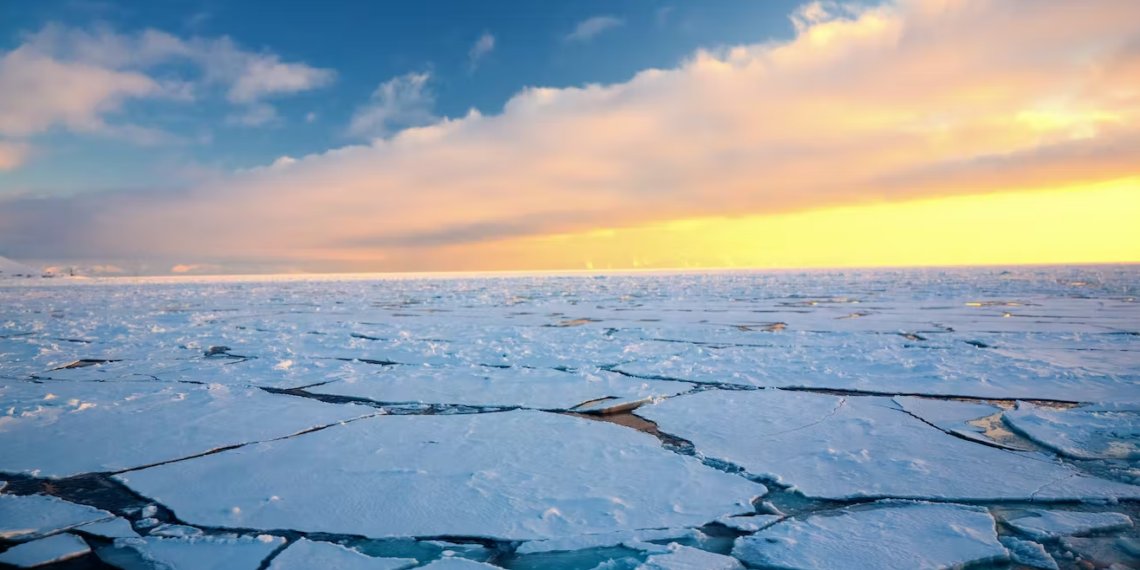by Rhoda Wilson, Expose News:

Anyone who watched the movie Snowpiercer, set in 2031, or the follow-up TV series will recall its premise: an experiment to arrest climate change with a stratospheric aerosol injection goes hopelessly wrong and ends up with the world condemned to a new ice age.
Perhaps that’s what’s inspired Cambridge University’s Centre for Climate Repair. It has a team in the high Arctic busily experimenting with spraying seawater over a hole they’ve cut in the ice. The BBC’s Mark Poynting has the story:
TRUTH LIVES on at https://sgtreport.tv/
The ultimate goal of the Arctic experiment is to thicken enough sea ice to slow or even reverse the melting already seen, says Dr Shaun Fitzgerald, whose team at the University of Cambridge’s Centre for Climate Repair is behind the project.
Will it work or is it, as one scientist put it, “quite insane”?
“We don’t actually know enough to determine whether this is a good idea or bad idea,” admits Dr. Fitzgerald. They are drilling a hole in the sea ice that naturally forms in winter and pumping around 1,000 litres of seawater per minute across the surface.
Exposed to the cold winter air, this seawater quickly freezes, helping to thicken the ice on top. The water also compacts the snow. As fresh snow acts as a good insulating layer, now ice can also form more easily on the underside in contact with the ocean.
Like most self-respecting climate change panic projects, cranking this up to scale will have vast energy needs, to say nothing of manufacturing the pumps, quite apart from the possibility that the whole scheme might be insane:
“The vast majority of polar scientists think this is never going to work out,” cautions Martin Siegert, an experienced glaciologist at the University of Exeter, who is not involved in the project.
One issue is that the saltier ice may melt more quickly in the summer.
And then there’s the huge logistical challenge of scaling the project up to a meaningful level – one estimate suggests that you could need about 10 million wind-powered pumps to thicken sea-ice across just a tenth of the Arctic.
A number of scientists – including the UN’s climate and weather bodies – have warned that these approaches could pose grave risks, including disrupting global weather patterns. Many researchers want to see them banned altogether.
“Geoengineering technologies come with enormous uncertainties and create novel risks for ecosystems and people,” explains Lili Fuhr, director of the Fossil Economy Programme at the Centre for International Environmental Law.
But if that scepticism sounds reassuring, don’t be fooled. Some of the critics remain dedicated to total decarbonisation. However, perhaps what we’re seeing here is the climate change industry beginning to fragment into feuding factions?
Still, surely all we need to do is ‘follow the science’. What could possibly go wrong?
The Arctic researchers are acutely aware of these concerns. They stress that they are simply testing the technology, and wouldn’t unleash it more widely until the risks are better known.
Where have we heard that before?




